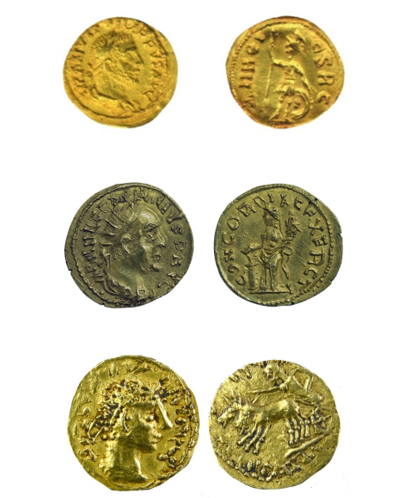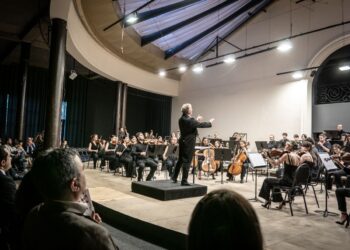By Prof. Dr. Tedo Dundua, Dr. Emil Avdaliani
Ivane Javakhishvili Tbilisi State University
In June 2014 the European Union and Georgia signed the Association Agreement, which entered into force on July 1, 2016. The agreement aims at enhancing political and economic relations between the EU and Georgia. This involves following through with a Deep and Comprehensive Free Trade Area (DCFTA), which means the removal of customs tariffs, an approximation of trade-related laws and regulations. This would help Georgia move closer to EU standards. The DCFTA should boost trade and economic growth in Georgia as well as bring it closer to the EU’s single market. The agreement is not only about immediate economic benefits. It primarily involves attaching Georgia to Europe geopolitically away from the Russian sphere of influence. Historical parallels reveal that in antiquity states on what is nowadays Georgia enjoyed similar close ties with Europe.
There were four states in Classical Antiquity Southwards from the Caucasian Range and Eastwards from the Black Sea: Colchis/Lazica (modern West Georgia), Kartli/Iberia (modern East and South Georgia), Albania (modern Azerbaijan) and Armenia. All of them, more or less influenced by the Roman Empire, had Roman money in circulation. Then they were imitated but only in Iberia. Not surprisingly, the most faithful Roman ally in the region, Iberia, had the most Roman “numismatic visage”. There are several examples below.
1) Imitation of Philip I’s (244-249) aureus (gold coin).
Obverse: Bust of Philip I, laureate, cuirassed, right. Legend IMP M IVL PHILIPPVS AVG distorted.
Reverse: Mars standing left, holds spear in right hand, left hand rests on a round shield. Distorted legend. If this is ANNOI (ANNONA), yet another prototype was used.
2) Imitation of Trajan Decius’ (249-251) aureus.
Obverse: Bust of Trajan Decius, radiate, draped, right. Distorted legend, still ANVS DEC is well traced.
Reverse: Concordia standing left, sacrificing out of patera in right hand at altar and holding cornucopiae in left hand. CONCORDIAE EXERCITI slightly distorted.
3) Imitation of Valerian I’s (253-260) aureus.
Obverse: Bust of Emperor, laureate, right. Illegible legend.
Reverse: Victoria driving biga left. Illegible legend.
4) Imitation of Commodus’ (180-192) aureus (hybrid).
Obverse: Bust of Commodus, laureate, draped, right. Name of Emperor is clearly seen.
Reverse: Head of Emperor, laureate, crude in style, right. Latin inscription CAESAR AVGVSTVS DIVI F. PATER PATRIAE distorted.
5) Imitation of Augustus’ (27 B.C.-14 A.D.) denarius (silver coin).
Obverse: Head of Emperor, laureate, crude in style, right. Latin inscription CAESAR AVGVSTVS DIVI F. PATER PATRIAE distorted.
Reverse: Gaius and Lucius Caesars, standing front, each with a hand resting on a round shield. Spears behind the shields. Simpulum and lituus above the shields. Latin legend C. L. CAESARES AVGVSTI F COS DESIG PRINC IVVENT distorted.
And centuries before Iberians issued imitations of the Greek, Alexander and Lysimachus’ type, staters (gold coins), showing their Western affiliation.
















